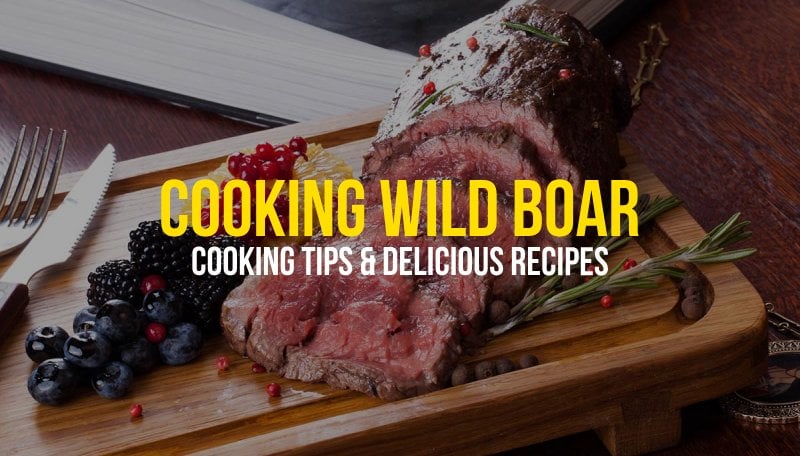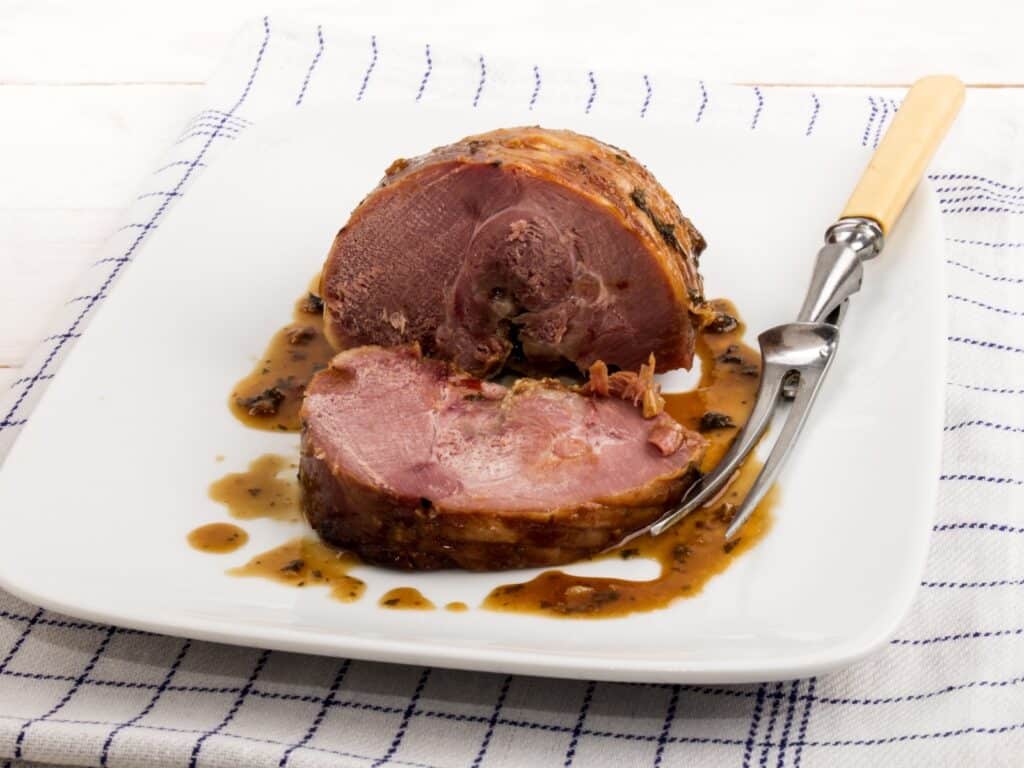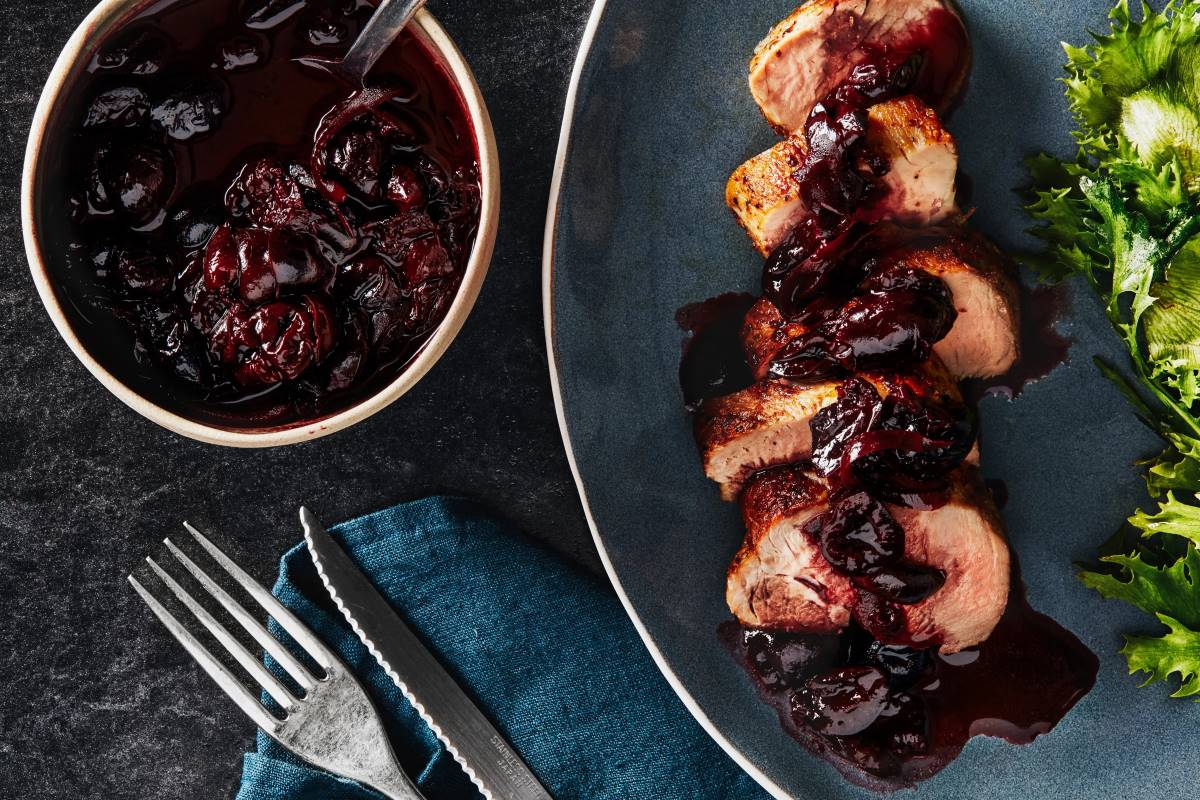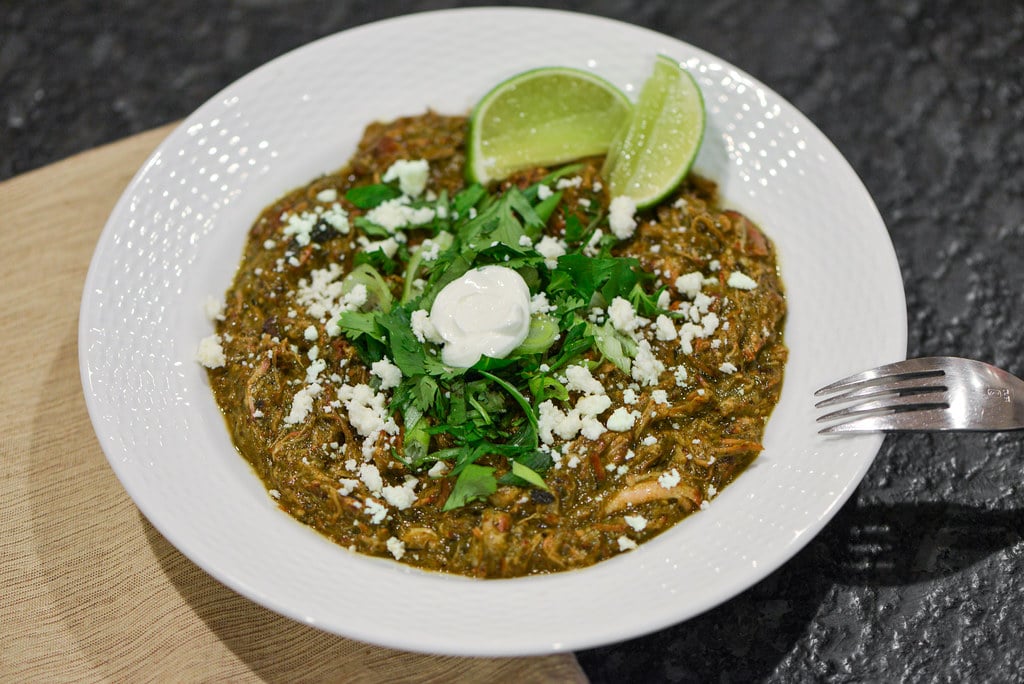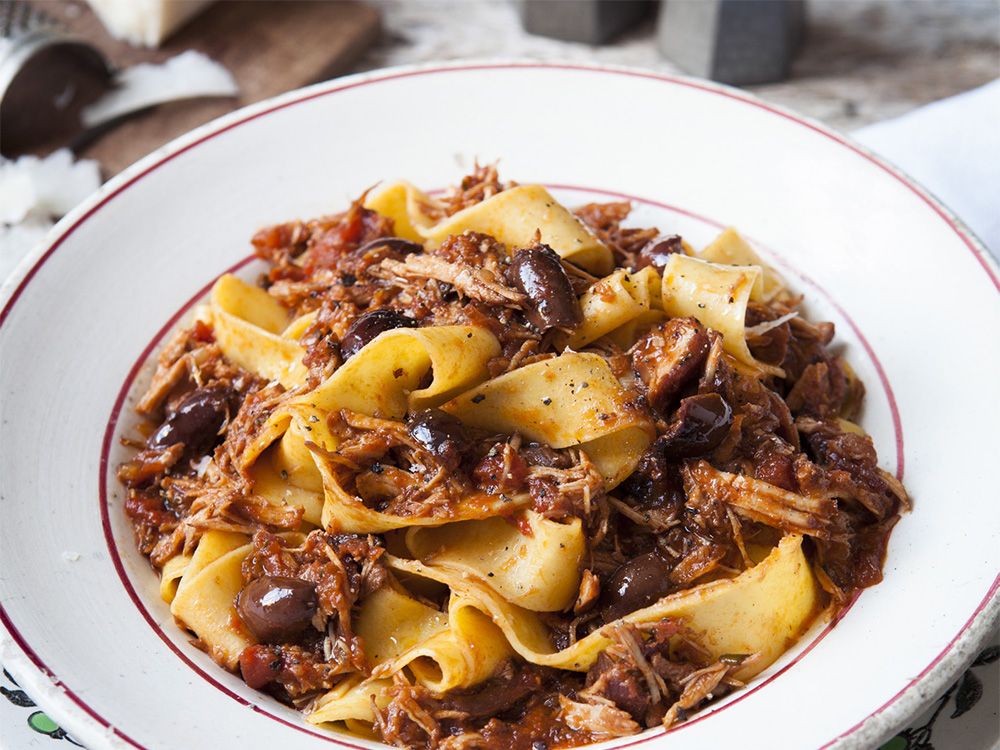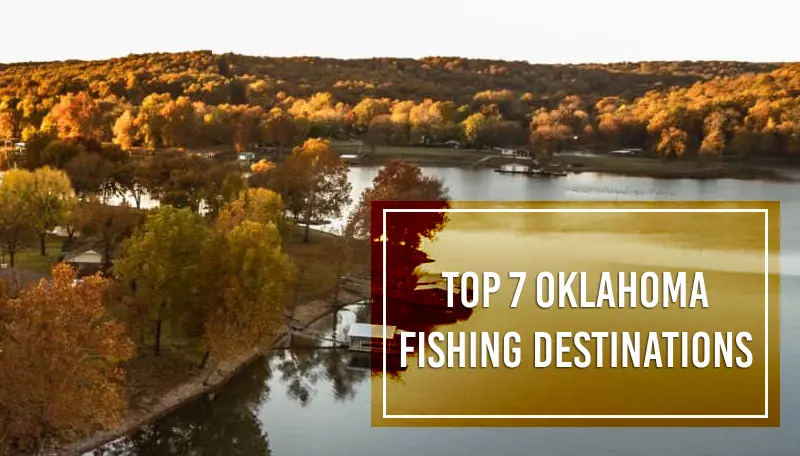Last Updated on
Wild boar is a delicacy that’s been enjoyed by many cultures around the world for centuries. But how do you safely prepare and cook this wild game to bring out its unique flavors? Read on to learn all about preparing your wild hog and share some delicious wild hog recipes. Let’s dive in.
Contents
Can You Eat Wild Boar?
What Does Wild Boar Taste Like
How to Field Dress Wild Boar
How to Prepare Wild Boar
WILD BOAR RECIPES
Can You Eat Wild Boar?
First off, wild boars, or feral hogs, are an abundant species, especially here in Texas, often with populations growing at such rapid rates that they become problematic for local ecosystems. By hunting and eating wild boar, you’re partaking in a natural form of population control, which is far more sustainable than factory farming.
Plus, feral hogs are part of the natural ecosystem. They live off the land, consuming a diverse diet of roots, tubers, and other forage, which contributes to the unique flavor of their meat.
Moreover, wild boar meat is leaner than conventionally raised pork and is packed with protein, making it a healthy choice. It’s also free of antibiotics and growth hormones often found in factory-farmed meats.
So, if you’re asking, “Can I eat a wild boar,” the answer is absolutely! Thus, you’re also participating in maintaining a balanced ecosystem.
What Does Wild Boar Taste Like
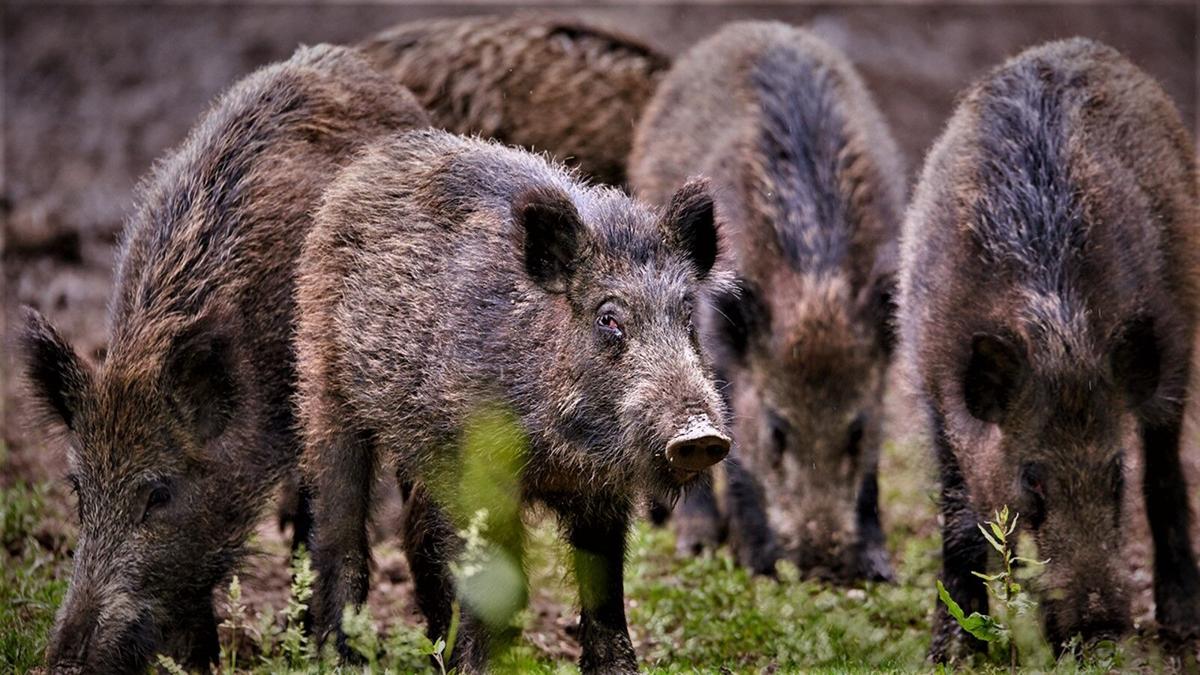
Wild boar offers a unique flavor profile that sets it apart from other meats. Its taste is often described as a cross between pork and beef, providing a juicy succulence that’s hard to find in other game meats. The meat of wild boar tends to be darker.
Despite being a type of wild pig, wild boar doesn’t taste exactly like the pork you might buy at the grocery store. It has a slightly gamier flavor, but this doesn’t mean it’s unpleasant. Instead, this gaminess gives the meat a distinct, flavorful taste.
Ever heard the phrase, “You are what you eat”? This definitely applies to wild boar. The diet of a wild boar also contributes to its unique taste. Since they consume a variety of roots, tubers, and other forage, their meat can have different flavors based on their diet. Some people describe the taste of wild boar as nutty and slightly sweet, while others note that it has natural, earthy flavors with nutty notes.
Wild boar is versatile and pairs well with a wide array of dishes. It’s fantastic when teamed with earthy flavors such as mushrooms, pumpkin, or beetroot, as well as cabbage or slaws, peppery stews, or fruity accompaniments.
How to Field Dress Wild Boar
Field dressing a wild boar is the first step to preparing it for consumption. Before you start, ensure you have a sharp hunting knive, disposable gloves, and a large container or game bags for the organs. It’s also important to remember that wild boars can carry diseases, so avoid cross-contamination between the hide and the meat as well as direct contact with blood, and wash your hands thoroughly after handling.
When making cuts, be careful not to puncture the intestines or stomach, as this could taint the meat. Also, critical to avoid cutting into the animal’s scent glands located near the lower hind legs, as these can release an unpleasant odor and potentially ruin the meat.
The faster you can cool the carcass, the better the quality of the meat will be. If you’re in a warm environment, consider packing the body cavity with ice.
Always check local regulations and guidelines regarding hunting and field-dressing wild game in your area.
How to Prepare Wild Boar
Cooking wild boar is a bit different from preparing domestic pork, but with the right techniques, you can create a delicious meal.
Wild boar meat has a stronger flavor than regular pork, and marinating helps to tenderize the meat while enhancing its natural flavors. A marinade with acidic ingredients like vinegar or citrus juice works well. You can also add herbs, spices, and other flavors according to your preference. It’s best to let the meat marinate for at least a few hours or even overnight if possible.
Before marinating or cooking, trim off any excess fat from the meat. Wild boar fat can have a strong, gamey flavor that some people find unpleasant. By trimming it away, you can ensure the taste of the meat shines through without being overpowered. Leaving a small amount of fat can help keep the meat moist during cooking, particularly if you’re using dry heat methods like roasting or grilling.
Also remember, wild boar meat is leaner and tends to be tougher than domestic pork. Slow cooking methods, such as braising or stewing, can help to break down the tough fibers and make the meat more tender. This can be done in a slow cooker, in a covered pot in the oven, or on the stovetop over low heat.
Due to its leanness, wild boar can dry out quickly when cooked. Using moist heat methods like braising or stewing can help to keep the meat juicy and tender. If you’re grilling or roasting the meat, consider basting it regularly to prevent it from drying out.
Despite your cooking method, cook wild boar meat to an internal temperature of at least 140°F. This will not only kill any trichinella parasites that may have invaded your wild hog but also prevent overcooking.
How to Cook Wild Boar Meat
Now we’re getting to the fun part! Here are some mouth-watering wild boar recipes to try:
Wild Boar Shoulder Roast Recipe
Ingredients:
- 1 wild boar shoulder (approximately 3-4 pounds)
- 1 tablespoon olive oil
- 4 cloves of garlic, minced
- 1 onion, chopped
- 1 teaspoon dried thyme
- 1 teaspoon dried rosemary
- 1 tablespoon fresh oregano
- 1 cup red wine
- 1 cup beef broth
- Salt and black pepper to taste
Directions:
- Preheat your oven to 325°F.
- Heat the olive oil over medium heat in a roasting pan. Then, add the chopped onion and minced garlic. Cook until the onion is translucent.
- Season wild boar shoulder salt and pepper and place it in the pan. Add thyme, rosemary, and oregano to the pan and mix it up.
- Pour the red wine and beef broth into the pan and bring the mixture to a simmer.
- Cover the roasting pan with lip or foil and place it in the preheated oven.
- Roast for about 3-4 hours, or until the meat is tender and can be easily pulled apart with a fork.
- Remove the pan from the oven and let the meat rest for 10-20 minutes before slicing.
- Serve with a salad, mashed potatoes, or roasted vegetables.
Wild Boar Tenderloin with Cherries Recipe
Ingredients:
For the Boar Tenderloin:
- 2 pounds boar tenderloin
- 1 teaspoon garlic powder
- 1/2 teaspoon coriander
- 1/2 teaspoon cumin
- 4 sprigs of rosemary
- salt and pepper to taste
For the Cherry Chutney:
- olive oil
- 1/4 onion, diced
- 1 cup coarsely diced, pitted cherries (about 15 cherries)
- 2 teaspoons minced ginger
- 1 tablespoon balsamic vinegar
- 2 tablespoons spiced rum
- 1/8 teaspoon chili powder (preferably chipotle)
- 1/4 teaspoon allspice
- 1/4 teaspoon cinnamon
Directions:
For the Boar Tenderloin:
- Preheat your sous-vide water bath to 140°F.
- In a bowl, mix the garlic powder, coriander, and cumin together. Season the tenderloin lightly with salt and pepper, then rub the spice mixture over the meat.
- Place the seasoned tenderloin in a sous-vide bag with the rosemary sprigs. Seal the bag and cook for 2 to 3 hours, until the meat is heated through or pasteurized.
For the Cherry Chutney:
- Heat a drizzle of olive oil in a pan over medium heat. Add the diced onion and sauté until it starts to brown.
- Add the diced cherries and minced ginger to the pan and cook for 5 minutes.
- Add in the balsamic vinegar, spiced rum, chili powder, allspice, and cinnamon. Continue cooking until the mixture thickens to your desired consistency, adding water if needed. Adjust the seasoning to taste.
To Assemble:
- After the boar tenderloin is cooked, remove it from the bag and pat it dry. Quickly sear it in a hot pan just enough to develop some color.
- Plate the seared boar tenderloin, top it with the cherry chutney, and sprinkle with minced fresh rosemary before serving.
Wild Boar Chili Verde Recipe
Ingredients:
For the Wild Boar:
- 3 pounds wild boar shoulder, cut into 1-inch pieces
- salt to taste
- 3 tablespoons vegetable oil
- 1 large onion (2 cups), sliced
- 2 ½ quarts chicken stock
- 6 bay leaves
For the Chile Verde:
- 4 cups fresh tomatillos, skin removed and quartered
- 6 garlic cloves, minced
- 3 jalapenos (seeded and chopped)
- 4 Anaheim peppers, diced
- 2 green bell peppers, diced
- 1 cup loosely packed cilantro, chopped
- 1 tablespoon dried oregano (preferably Mexican)
- 2 tablespoons ground cumin
- 2 tablespoons chili powder
- 1 teaspoon cayenne pepper
- salt and pepper to taste
Optional Garnishes:
- Mexican cheese
- Sour cream
Directions:
For the Wild Boar:
- Heat oil in a large stockpot over medium-high heat. Add the wild boar pieces and brown on all sides. Drain off any excess fat or liquid.
- Add 1 ½ quarts of the chicken stock to the pot, along with additional broth or water if needed to cover the meat. Bring to a boil, then reduce the heat and simmer, covered, for 2 hours or until the meat is tender but doesn’t fall apart with moderate finger pressure. Drain the liquid from the pot.
For the Chile Verde:
- Add the remaining quart of chicken stock to the pot, along with the tomatillos, garlic, jalapenos, peppers, oregano, and cumin, but not cilantro. Simmer until the peppers are very tender, about 45-60 minutes.
- Stir in the chopped cilantro and additional salt and pepper to taste.
Ladle the stew into bowls and garnish with Mexican cheese and sour cream if needed.
Wild Boar Ragu
Ingredients:
- 2 pound wild boar shoulder or leg, cut into 1-inch pieces
- 2 rosemary sprigs, torn in half
- 8 garlic cloves, peeled
- 3 cups red wine
- 6 tablespoons olive oil
- 2 small carrots, chopped
- 2 small celery stalks, chopped
- 2 small onions, chopped
- 2 cups canned tomatoes, with their liquid
- 3 cups vegetable stock or water
Directions:
- The night before you plan to make the ragu, put the wild boar pieces, rosemary, garlic, peppercorns, and enough wine to cover the meat in a bowl. Cover the bowl and refrigerate overnight.
- Discard the rosemary and garlic from the marinade. Strain the meat, reserving the wine for later.
- Heat the olive oil in the oven over medium-high heat until it shimmers. Add the chopped carrot, celery, and onion, sautéing until softened, about 3 to 5 minutes.
- Add the marinated meat to the pot. Cook, stirring frequently, until all the liquid released by the meat has evaporated and the meat is browned, about 10 to 15 minutes.
- Pour in the reserved wine, stirring frequently, and cook until the wine has evaporated, another 10 to 15 minutes. Add the canned tomatoes, breaking them up with a spoon, and 1 cup of stock. Reduce the heat to very low and simmer, partially covered, for 1 hour.
- Add the vegetable stock to the pot and continue to simmer, stirring occasionally, for 1,5 to 2,5 hours. The meat should begin to break apart and become tender.
- Remove the pot from the heat and use a whisk or spoon to shred the meat into very fine pieces.
Serve the ragu over cooked tagliatelle or your choice of pasta.
Check out other articles on cooking:
- The Best Recipes and Drinks for Hunting Camp – 2023
- Wild Turkey Cooking Guide: Delicious Recipes & Cooking Tips
- How to Cook Wild Goose and Duck – Good Tips and Simple Recipes
- Bear Meat Recipes
- Cooking Wild Game
- Easy Camping Breakfast Ideas
FAQ
Is wild boar meat safe to eat?
Yes, as long as it’s properly cooked to kill any potential parasites.
What does wild boar taste like?
Wild boar has a rich, nutty flavor that’s more intense than domestic pork.
How should wild boar be cooked?
Slow cooking at low temperatures is the best way to prepare wild boar.
Can I cook wild boar in a microwave?
It’s not recommended, as microwaving may not kill all parasites.
What are some good recipes for wild boar?
Wild boar bolognese, roast shoulder, chile verde, pulled wild boar, and meatball taco bowl are all delicious options.
